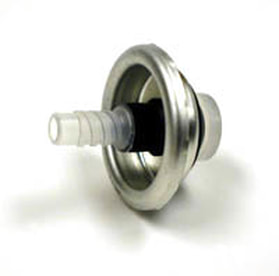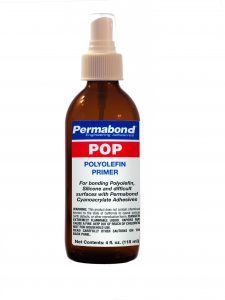Bonding Silicone Rubber To Stainless Steel

Or see our new stainless steel bonding grades here.
Bonding silicone rubber to stainless steel. Adhesive bonding of stainless steels 2 theories of adhesion the actual mechanism of adhesive attach ment is not yet fully understood. This chemical metal treatment also serves to protect bond integrity. This is an advantage adhesives also. Silicone rubber will almost always need some form of adhesive to enable them to fix to a surface and in many ways can be related to teflon by the way it repels things sticking to it hence the reason teflon is use for frying pan coatings.
When 100 solids fast bonding and flow over a larger area are the answer 3m hot melt adhesives offer a wide range of open times to meet your assembly needs. Silicone rubber will take thirty days or more to fully cure. Often stainless steel can be bonded as received. Most of them will use vulcanizing process and at the same time chemically attaching the rubber to materials such as stainless steel steel plastic aluminum and brass.
Uv curable adhesives bond well to stainless steel providing the second substrate permits uv light to pass through. Watch the video below on bonding silicone rubber. However in most cases the repaired silicone rubber can be put into use immediately. Stainless steel adhesives stainless steel glue stainless steel bonding as with other substrates stainless steel adhesives have an advantage over mechanical fasteners as they function well without requiring the part to be altered.
Uv610 uv620 uv625 uv670 and uv7141. Titanium and stainless steel are often chosen for their strength durability and proven biocompatibility whereas aluminum can be easily processed through molding casting or machining. Chemical treatment of the metal is typically in the form of zinc or iron phosphate for steel acid etching for stainless steel and chromate alodizing or anodizing processes for aluminum. Metal to glass grades include.
The bonding of an adhesive to an object or a surface is the sum of a number of mechani cal physical and chemical forces that over lap and influence each other. The main elements involved in the overmolding processes are the substrate the rubber and the agents. Silicone to metal bonding. For bonding epdm sponge rubber or rubber sheeting to most porous surfaces with low soak in our sbr line of industrial adhesives can be used.
Examples range from the bonding of metal housings and turbine blades in aircraft engines and components to sealing pacemakers. When working with silicone rubber it is extremely important to understand that polymers are very slow curing. This stainless steel bonding allows the original strength and aesthetic appeal of the part to remain.
















































